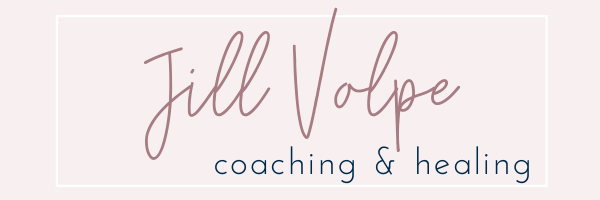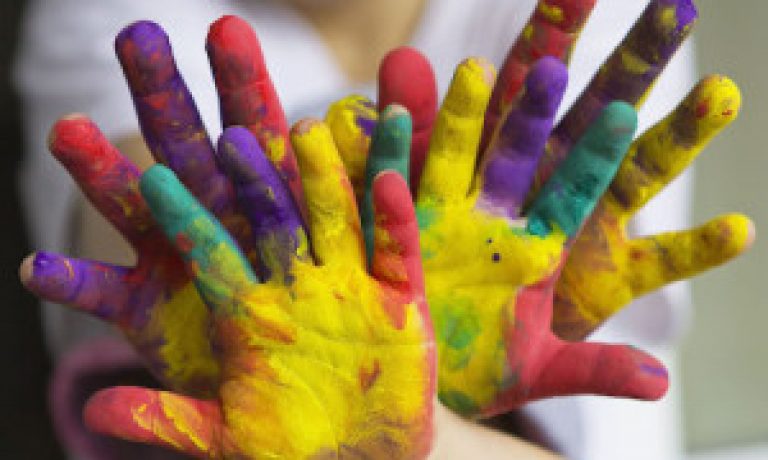Can certain colors help you cope?
Happy 2020! I wish you well and hope that your new year is off to a great start!
Speaking of the new year… can you even count how many times you’ve heard someone talk about their resolutions, or lack thereof, getting back to the gym or starting a new diet or detox? How about the many memes, podcasts, blog or social posts that remind you of your new year goal setting or vision boards…
I have a much better (and fun!) question for you to think about…
What’s your favorite color?
How do you feel or what comes to mind when you see that color? Have you ever wondered why you like that particular color?
We’ve all had the experience of walking into a room and saying, “Ahh,” as if it’s the most restful place to be. And then there are times when we enter someone’s home or office, and we’re like “Wow!”
As a trained energy healer, I instinctively assess the underlying energy in a room.
But what makes us have these strong, spontaneous reactions to our surroundings?
Your reactions and psychological responses could be due largely in part to the colors used in the décor and design of the space. Although all psychological experts don’t agree, many believe there is such a thing as color psychology.
Historically, different cultures have regarded color as having the power to affect your mood, feelings, health, and even your behavior. Your feelings about color are often deeply personal and rooted in your own experience or culture. For example, while the color white is used in many Western countries to represent purity and innocence, it is seen as a symbol of mourning in many Eastern countries. (verywellmind.com Jul 2019)
So, if you want to change the mood you experience in your home, consider the following information. It might help you achieve the ambiance you’re seeking in your cherished spaces.
- Blue. If blue is your favorite color, you might not be too surprised to read that this particular color will aid healing and help manage pain. Blue can also promote feelings of calm and tranquility.
Tip: If you’re feeling sad though, try adding a bright cheerful color to your space or clothing. Drinking coffee out of a sunshine-y yellow mug, might lift your spirits more than you’d think.
- Green. Because green brings thoughts of the outdoors and the wonders of nature, it’s believed to bring about feelings of serenity, restfulness, and perhaps even joy. Some find that the color green decreases stress and increases feelings of relaxation.
Tip: Green also symbolizes growth so if you find yourself short on motivation, add an oxygen producing plant to your office.
- Orange. Orange is said to promote healthy lungs and produce energy and vitality in people. Closely related to red, orange is considered a warm color that brings excitement. You know it’s true—when you walk into a room that’s painted orange, it definitely grabs your attention.
I love orange. Most people would probably relate it to Autumn, pumpkins and falling leaves. Personally, orange reminds me of summer and orange popsicles! It also reminds me of my grandmother because she loved the color orange. So it’s a warm color that definitely warms my heart!
- Yellow. The color of the sun produces feelings of warmth and brightness. Like orange, yellow cannot be ignored. It’s even been referred to as the most “visible” hue in the color spectrum. If you want to “cheer up” your kitchen, yellow might be the right choice for you.
Tip: Yellow is energetic and fresh but studies have shown that it can also produce feelings of frustration and aggression. Perhaps this color is best used as an accent.
- Red. Full of drama and mystery, a room painted red is evocative of emotions such as comfort, intensity, warmth, and even love.
Tip: Since red is such an intense color, it might not be the best color to surround yourself with when you are angry. If you need to confront someone or a situation and you fear your emotions will get the best of you, consider wearing the color green or blue. Also, if you work in a fast-paced, intense environment, you may wish to bring elements of calmer colors to balance the energy.
Conversely, the color red also portrays confidence! When I worked in corporate years ago, executives would put on their red “power” ties when they were meeting with important clients. It was believed to present the wearer as passionate, a risk-taker and one who is self-assured.
- Black. Although you may not consider black a true color, it’s an important one. The color black is formed from it’s ability to absorb all light. In terms of your feelings, black can induce a variety of strong emotions.You might experience sensuality, mourning, or sadness when you’re exposed to black.
In film or comic books, you’ll notice that black is often used to represent a deep, dark, ominous character.
Ultimately, black is not only a conflict in terms but brings about conflicting feelings for many as well.
When it comes to clothing, black was ranked as the number one favorite color for both genders combined. And as all women know, it’s popular in fashion for it’s slimming quality!
- White. The antithesis to black, white evokes feelings of peace, purity, and innocence. It’s customary to have a lot of white in hospitals as the color has come to indicate sterility and cleanliness.
Although white walls are often viewed as boring by some, the color can be used to trick the eye when walking into a room. Want a room to appear bigger? Put some white paint on the walls. If you want a dark space to appear lighter, white is your solution. Using white as a trim color in a room will make your wall color “pop.”
Your feelings in a white room will run the gamut from feeling bright to being overwhelmed by the overload of light and space around you.How you feel when you see white depends on how much white is used and the way the other colors in the room are presented.
Colors are powerful in that they do affect how you feel. To lift your mood, bring about feelings of tranquility, or promote excitement, use these basics of color psychology to decorate your home. Encourage the mood and feelings you strive for just by skillfully selecting wall and accessory colors. So easy!
Check your mood in the morning before you get dressed for the day. You probably already do without consciously thinking about it. However, now you can actively choose the clothing you wear based on how you wish to feel or what emotion you want to enhance.
So, what does color have to do with coaching?
Understanding color psychology and using it to make positive changes to your surroundings will serve to support your emotions. A simple action (color change) can shift your level of motivation, productivity, confidence, as well as your ability to connect more deeply with those you care about.
Coaching is heart-centered and action oriented. And it’s proven that small actionable steps are the key to creating a happier, more successful life.
Wishing you a very COLORFUL new year!



One Response
I’ve also talked about how colors have a psychological impact on people which could be used in design, in my blog. Anyways my fave color is green ’cause I’m a nature lover and the color is so grounding.